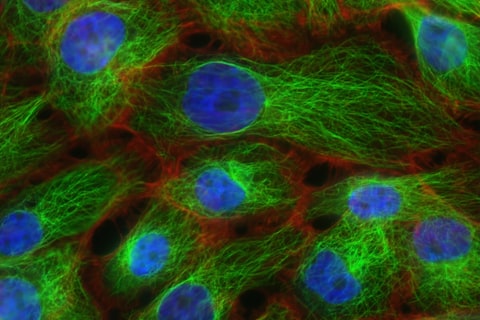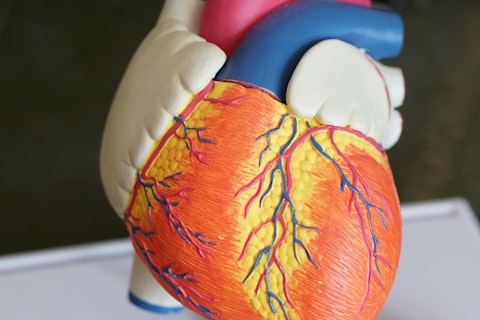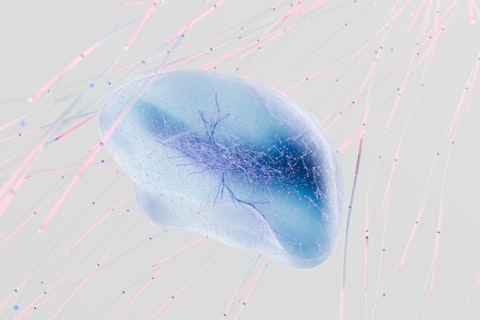The Majestic Gray Whale: Navigating the Depths of Oceanic Wonder
Keywords
Gray Whale Marine Biology Conservation
The Enigmatic Gray Whale: A Profile
The gray whale, scientifically known as Eschrichtius robustus, is a baleen whale distinguished by its mottled gray coloration and robust build. These gentle giants can reach lengths of up to 50 feet and weigh as much as 40 tons, making them a sight to behold in the vast expanses of the ocean.
- 🐋 Physical Characteristics: Mottled gray skin, distinctive baleen plates, and a streamlined body.
- 📏 Majestic Size: Adult gray whales can measure up to 50 feet in length and weigh around 40 tons.
Images


Epic Migrations: A Marvel of Nature
One of the most awe-inspiring spectacles in the natural world is the annual migration of the gray whale. These remarkable creatures undertake one of the longest migrations of any mammal, traveling over 10,000 miles round trip between their feeding and breeding grounds.
- 🌎 Feeding Grounds: Gray whales forage in the nutrient-rich waters of the Bering and Chukchi Seas during the summer months.
- 🏖️ Breeding Grounds: They journey to the warm waters of Baja California, Mexico, to give birth and rear their young during the winter.
Ecological Significance and Feeding Habits
Gray whales play a vital role in marine ecosystems, primarily as benthic feeders, utilizing their baleen plates to filter small crustaceans and other invertebrates from the seafloor. Their feeding habits contribute to the ecological balance of their habitats, influencing the abundance of benthic organisms.
- 🍽️ Benthic Feeding: Gray whales use their baleen plates to filter sediment and prey from the seafloor.
- 🌊 Ecosystem Impact: Their feeding behavior influences benthic community dynamics and nutrient cycling.
Conservation Challenges and Efforts
Despite being a conservation success story, the gray whale faces ongoing threats, including entanglement in fishing gear, habitat degradation, and the impacts of climate change. Conservation initiatives and international regulations are crucial for ensuring the long-term survival of this iconic species.
-
⚠️ Entanglement Risks: Gray whales are susceptible to entanglement in fishing gear, leading to injuries and mortality.
-
🛡️ Habitat Protection: Preserving critical feeding and breeding grounds is essential for the species' well-being.
-
🌡️ Climate Resilience: Addressing the effects of climate change on oceanic ecosystems is vital for the gray whale's future.
Figures
Conservation Efforts:
Human-Whale Interactions and Ecotourism
The presence of gray whales in coastal waters has fostered opportunities for responsible ecotourism, allowing people to witness these majestic creatures in their natural habitat. However, it is imperative to ensure that such interactions are conducted in a sustainable and non-disruptive manner to minimize potential impacts on the whales and their environment.
- 🛳️ Ecotourism: Responsible whale-watching activities provide educational and economic benefits while promoting conservation awareness.
- 📜 Sustainable Practices: Guidelines and regulations are essential to minimize disturbances to gray whales during ecotourism activities.
Conclusion: A Testament to Oceanic Grandeur
The gray whale stands as a testament to the grandeur of the ocean, embodying the marvels of nature and the interconnectedness of marine ecosystems. By understanding and safeguarding these majestic creatures, we honor the rich tapestry of life that thrives in the depths of the sea.
In conclusion, the gray whale stands as a testament to the grandeur of the ocean, embodying the marvels of nature and the interconnectedness of marine ecosystems. By understanding and safeguarding these majestic creatures, we honor the rich tapestry of life that thrives in the depths of the sea.






















































